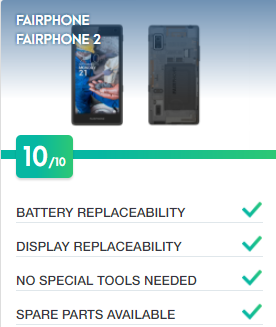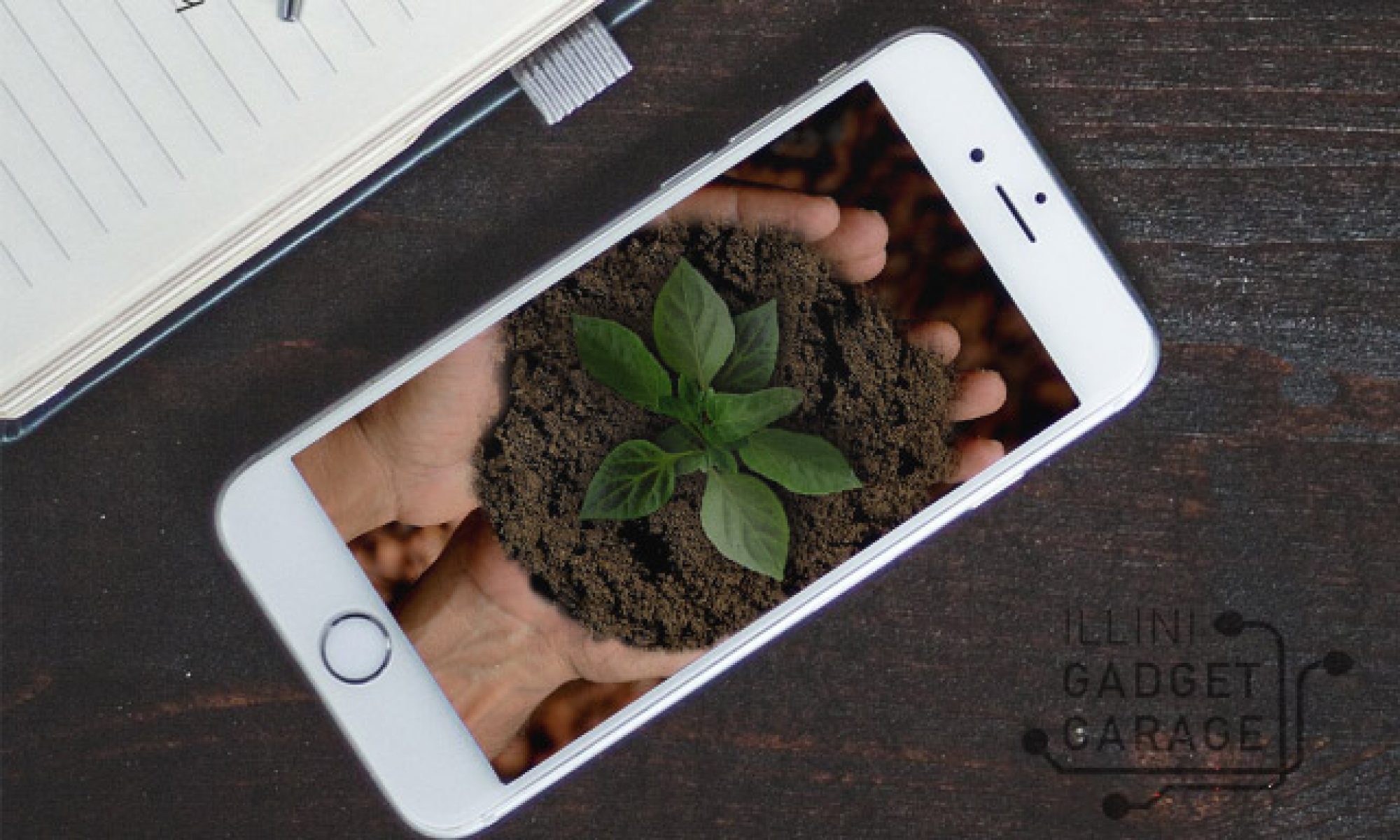iFixit, the self-proclaimed “free repair guide for everything, written by everyone,” and Greenpeace, the environmental organization which has in the past published a “Guide to Greener Electronics,” have teamed up to assess how easy or difficult it may be to repair over 40 popular electronic devices. The assessments, including smartphones, tablets, and laptops launched between 2015 and 2017, can be found online at https://www.rethink-it.org/.
As electronic devices become smaller and sleeker, it’s sometimes the case that decisions are made at the industrial design stage, that, while making the product lighter and more aesthetically pleasing, can adversely impact the ability to repair it, or to dismantle it for recycling and material recovery at its end-of-life. Perhaps a battery will be glued in to avoid inclusion of a structure to hold the battery in place. Or perhaps the device will be unable to be opened without a special tool that most consumers or even many independent repair shops wouldn’t have. iFixit has been giving electronics “repairability scores” for years, based on criteria such as these, as well as considerations of how quickly a device can be dismantled, whether parts are modular and durable, whether components such as memory are upgradeable, whether repair manuals for the product are readily available, etc. Scores are on a scale of 1-10 with 10 being the most easily repaired item. The trend toward devices that are harder to repair or upgrade has resulted in a proliferation of electronic waste. When something goes wrong with a gadget these days, it’s not uncommon to simply replace it without giving repair a second thought.
The scores in the joint iFixit/Greenpeace list are also on a scale of 1-10, but are based on a simpler list of criteria: battery replaceability, display replaceability, whether special tools are needed, and whether spare parts are available. This latest round of repairability scores is all part of a joint campaign called “RethinkIT.” The campaign is focused on encouraging consumers to be more aware of how manufacturers contribute to waste generation through poor design and planned obsolescence–and how such design decisions can actually benefit the manufacturers. After all, they WANT to sell electronics, so if you’re more likely to replace something than repair it, that’s a form of success from their perspective. The “RethinkIT” campaign ties the list of repairability scores to a petition consumers can sign, expressing their desire for manufacturers to create products that are meant to last.
At the Illini Gadget Garage, consumers can observe first hand how design decisions impact the repairability of their personal devices, as they work with our staff and volunteers to troubleshoot and repair them. It can be an eye-opening experience, which may end up influencing future decisions on device purchases.
Read more about the RethinkIT campaign here: Greenpeace and iFixit slam smartphone companies over e-waste.

Note: Organizations, products, or links included here are provided for informational purposes only and do not constitute endorsement by the Illini Gadget Garage, the University of Illinois, or associated departments and projects.

